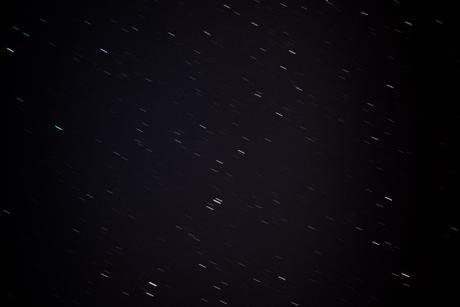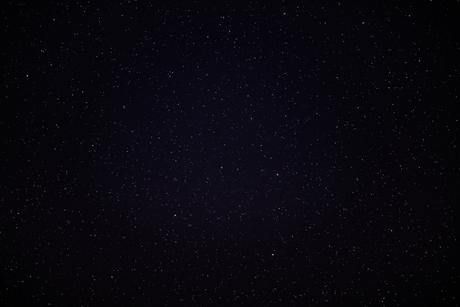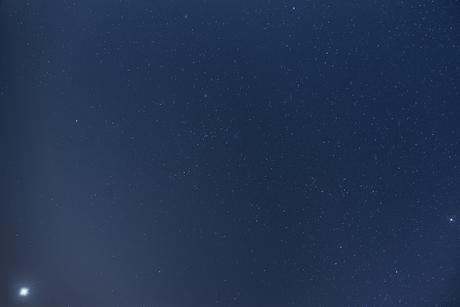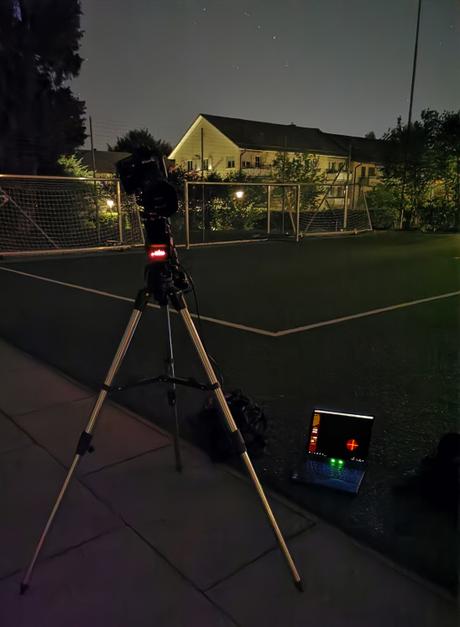Starry night skies are present in Zurich despite the light pollution . Still, is light pollution low enough for shooting deep space objects? Which exposures / f values, ISO combinations are necessary to capture galaxies or star clusters?

With a fixed tripod, 30 sec exposures cause long star trails.

With a Skyguider Pro mount, 4 minute long exposures produce clear star pins: so many stars turn visible through photography!

With such long exposures, Deep Space Objects like M37, Spinwheel and Starfish star clusters got visible! Can you see them between Venus (bottom left) and Capella (the bright star on the right border)?

Here is a crop from above: the 3 clusters are vertically displaced across middle of the picture.

A continuous tracking of the Polar Star alignment is useful with 4 minute long exposures or longer. If the alignment get lost during the shooting, star trails will appear. I obtained continuous tracking by changing the optical scope for iPolar, an electronic scope which shows the alignment to the Polar Star on a laptop screen. The electronic scope does not need to detect the Polar Star. The detection of 3-4 stars is enough to localize the Zenith. A good alignment is very easily kept for 4 minutes and likely more.
Camera setup for stars: 240″, f/3.2, ISO 500
Around 20 pictures stacked with the free software DeepSkyStacker
Lenses: Nikon 70-200 mm or 35 mm
Cameras: Nikon D800 or D600
Mount: Skyguider Pro (iOPTRON) with iPolar

